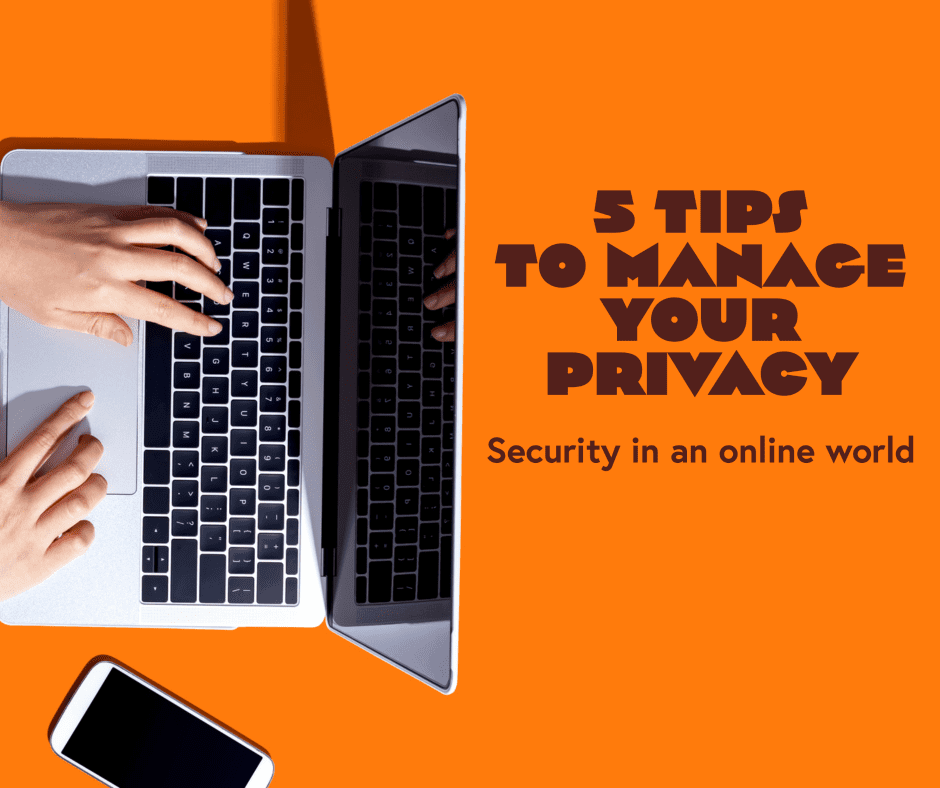Identity theft is a major concern for individuals and businesses alike as incidents of identity theft surged in 2021 with the U.S. Federal Trade Commission reporting a 19% increase from the prior year. Losses topped $6 million – a whopping 77% increase.
So what is identity theft?
Identity theft is a type of fraud that involves stealing personal information such as social security numbers, credit card numbers, and other sensitive data. Identity theft can have severe consequences, including financial loss, damaged credit scores, and legal issues.
Minimize your chances of becoming a victim
Practice these habits:
1. Protect Your Personal Information
One of the most effective ways to prevent identity theft is to protect your personally identifiable information, aka PII. PII includes identifiers such as your social security number, bank account details, credit card numbers, and any other sensitive data. You should always be cautious about sharing PII with others and only on a need-to-know basis. Do not give out personal information to people you do not know or trust, and do not share it online unless you are sure a website is secure. You should also be careful about how you dispose of sensitive information – always use a cross-cut shredder to shred documents containing personal information before throwing them in the trash. We know it sounds hard to believe, but it happens – someone can go through your trash and steal your information. This is especially true with documents like pre-paid credit card offers and offers for other lines of credit.

2. Monitor Your Accounts
Regularly monitoring your financial accounts is another key step in preventing identity theft. This means checking your bank and credit card statements regularly to make sure there are no unauthorized transactions, and if you notice any suspicious activity contact your bank or credit card company immediately. Additionally, checking your credit report annually should be a must on your list. To obtain a free copy from Equifax, Experian, and TransUnion, visit the official website at annualcreditreport.com or call 1-877-322-8228. There is never a fee if you request through the official website. Another option is to use credit monitoring services to keep an eye on your credit report but these usually require a subscription fee. These types of services will notify you if there are any changes to your credit report, such as new accounts or inquiries. Another layer to keeping those accounts safe is to freeze your credit. Freezing and unfreezing your credit can be done very quickly and will prevent anyone from opening a new account in your name.

3. Use Strong Passwords
Using strong passwords is essential for protecting all of your online accounts. A strong password should be at least eight characters long and include a mix of case-sensitive letters, numbers, and symbols. These days short sentences and easy to remember phrases are also commonly used. Avoid using your name and birthdate within your passwords. Also, do not use the same password for multiple accounts. If you have too many accounts to try to remember them all, you can also use a password manager to help you generate and remember strong passwords. This will save you the trouble of having to remember multiple passwords for different accounts.
4. Be Cautious When Using Public Wi-Fi
Public wi-fi sure is convenient, but it can also be very risky. When you use public wi-fi, you are sharing the network with other users, which means that your data could be intercepted by someone else on the network. To protect your information when using public wi-fi, avoid logging into sensitive accounts such as your bank or credit card accounts. If you must access sensitive information, use a virtual private network (VPN) to encrypt your data, and always make sure you log-out of accounts and you don’t just close the browser.
5. Protect Your Devices
Protecting your devices is another important step in preventing identity theft. Make sure that your devices are secured with a strong password or biometric authentication such as fingerprint or facial recognition. Keep your devices up to date with the latest security updates and patches. Also, be cautious when downloading apps or software, and only download from trusted sources.

6. Be Vigilant About Recognizing Phishing Attempts
Phishing scams are a common tactic used by identity thieves to steal personal information. Phishing scams typically involve sending an email or text message that appears to be from a legitimate source, such as a bank or government agency. The message will typically ask you to click on a link or provide personal information. To avoid falling victim to a phishing scam, be cautious about clicking on links or providing personal information in response to unsolicited emails or text messages. Verify the legitimacy of the message by contacting the sender directly.
More detailed information about identity theft, current scams, and consumer alerts as well as numerous resources if you do become a victim can be found here. Practice these tips to protect yourself from identity theft.


